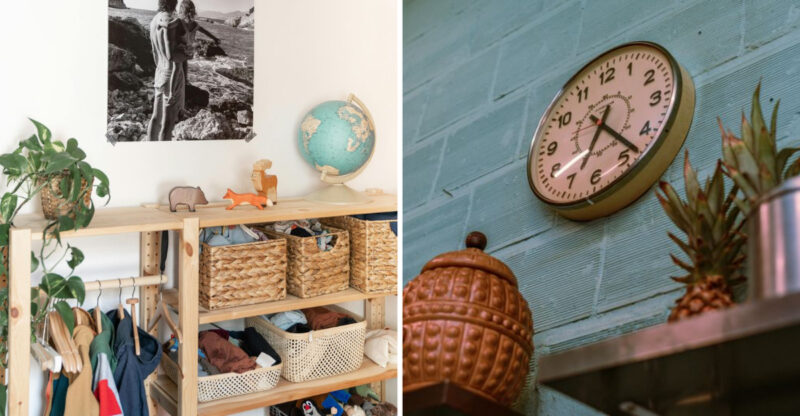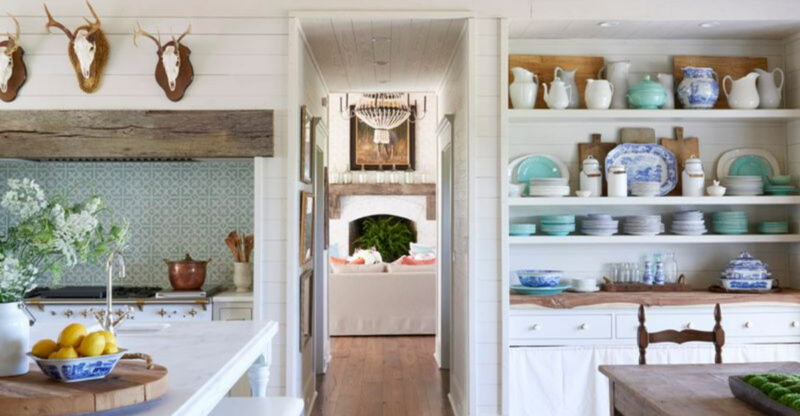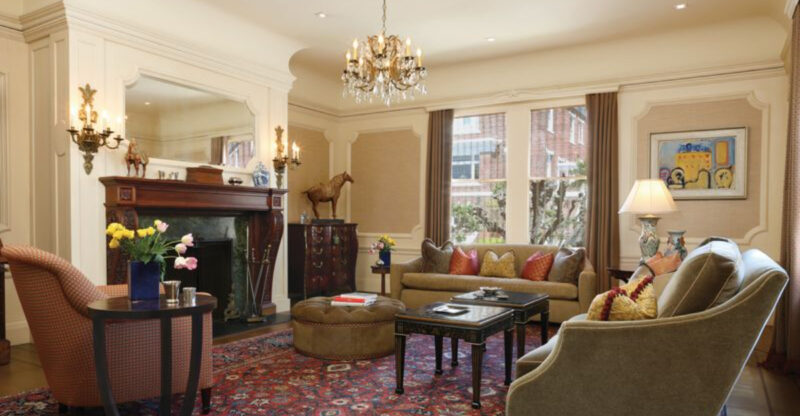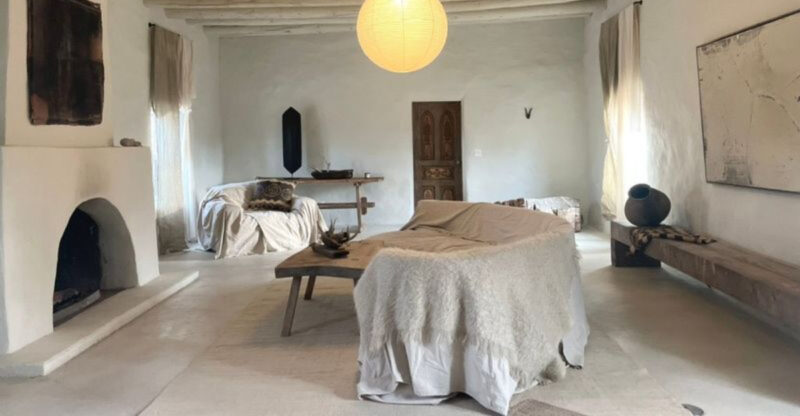7 Ways To Make Small Rooms Look Larger
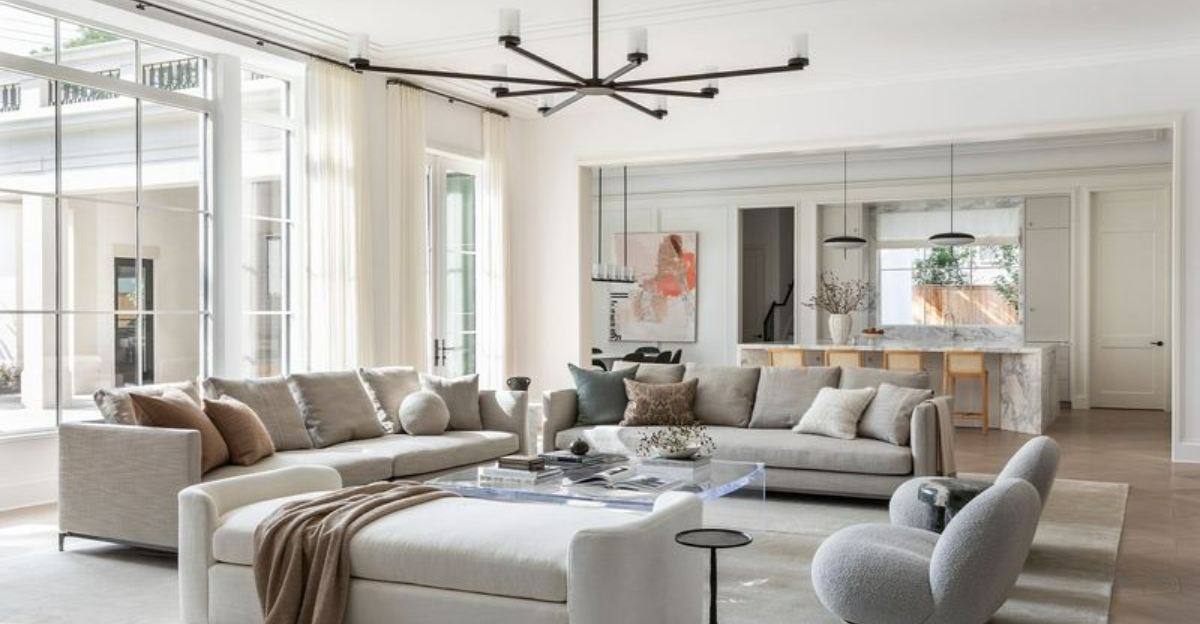
Living in a small space doesn’t mean you have to feel cramped. With a few clever tricks, you can transform your tiny room into a space that feels open and airy.
I’ve gathered seven simple but effective ways to create the illusion of more space without knocking down any walls or spending a fortune on renovations.
1. Mirrors Create Magical Illusions
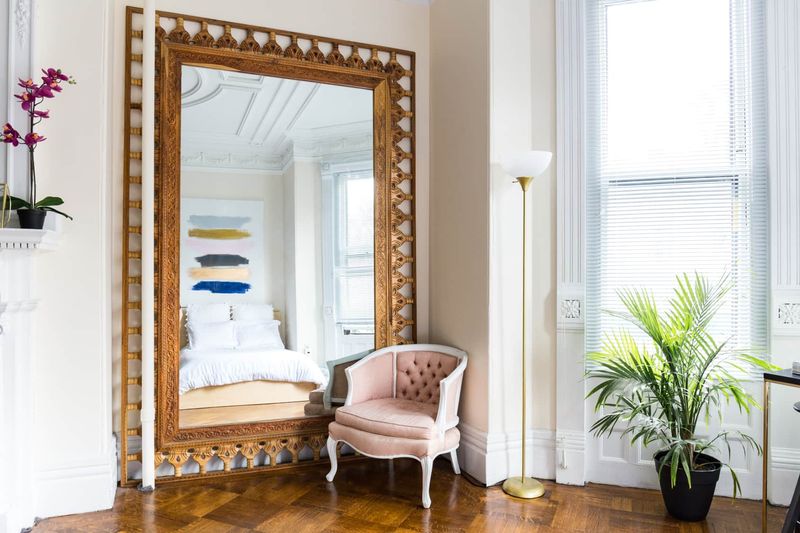
Mirrors are my secret weapon for instant space expansion! Placing a large mirror on a wall reflects light and creates the illusion that your room continues beyond its physical boundaries.
I love positioning mirrors across from windows to bounce natural light throughout the space. This simple trick makes rooms feel twice as big. Try grouping smaller mirrors for a gallery effect or using a full-length mirror to visually raise your ceiling height.
2. Light Colors Open Up Walls
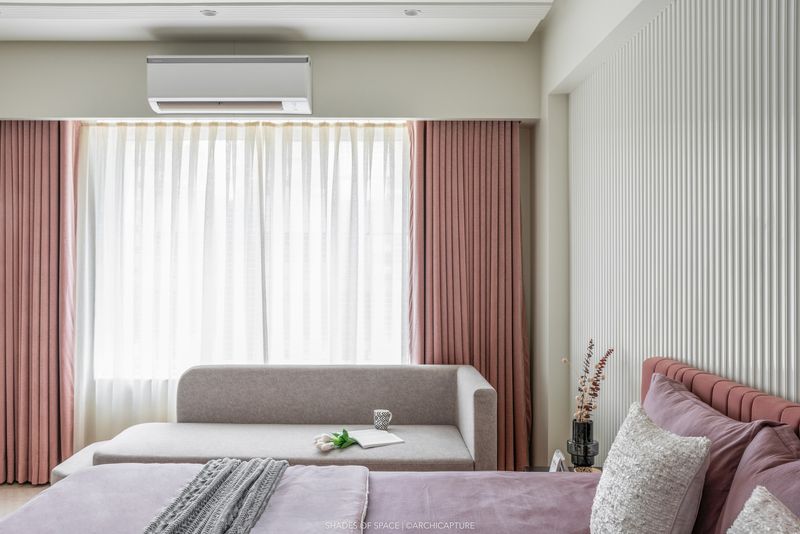
Nothing shrinks a room faster than dark, heavy colors. When I painted my tiny apartment bedroom soft white, the transformation was immediate – the walls seemed to recede, creating breathing room.
Soft blues, gentle greens, and pale grays work wonders too. The lighter palette reflects more light around the room instead of absorbing it. For a bit of personality without closing in the space, I add colorful accessories that can be easily changed when I need a refresh.
3. Strategic Furniture Placement
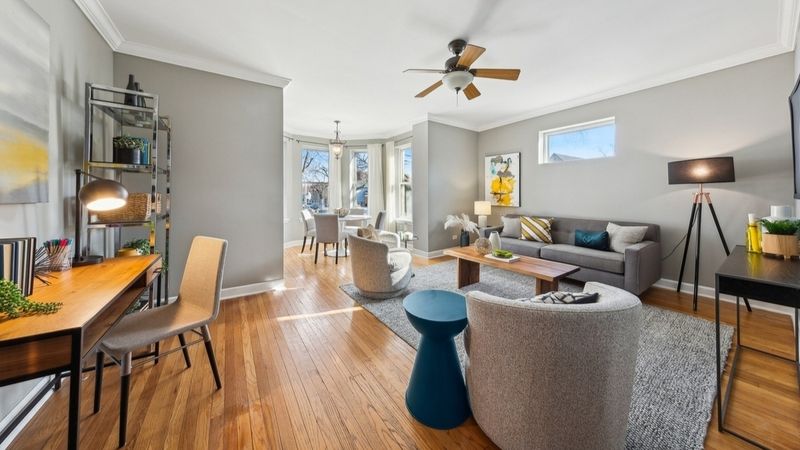
Pushing all furniture against walls might seem logical for small spaces, but I’ve found this approach can backfire. Instead, floating select pieces away from walls creates breathing room and improves flow.
I always leave some space between larger items and walls – even just a few inches makes a difference. Choosing furniture with exposed legs allows your eye to travel underneath, creating a sense of openness. Multi-functional pieces like storage ottomans or nesting tables save precious square footage while maintaining style.
4. Clear The Visual Clutter
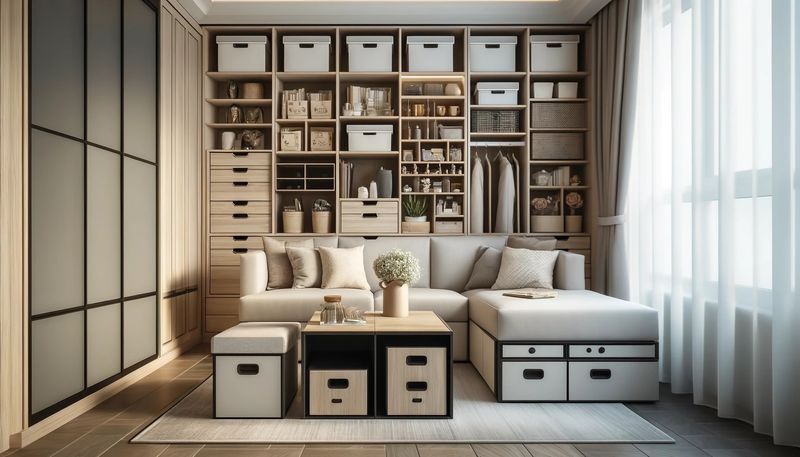
Your eyes need places to rest in a small room. I regularly assess my spaces for visual noise – those little things that individually seem harmless but collectively make rooms feel chaotic and smaller.
Hidden storage solutions have transformed my small home. Baskets, decorative boxes, and furniture with built-in storage keep necessities accessible but out of sight. For items that must remain visible, I create intentional groupings rather than scattered arrangements, giving the eye clear, uncluttered paths to travel around the room.
5. Harness The Power Of Light
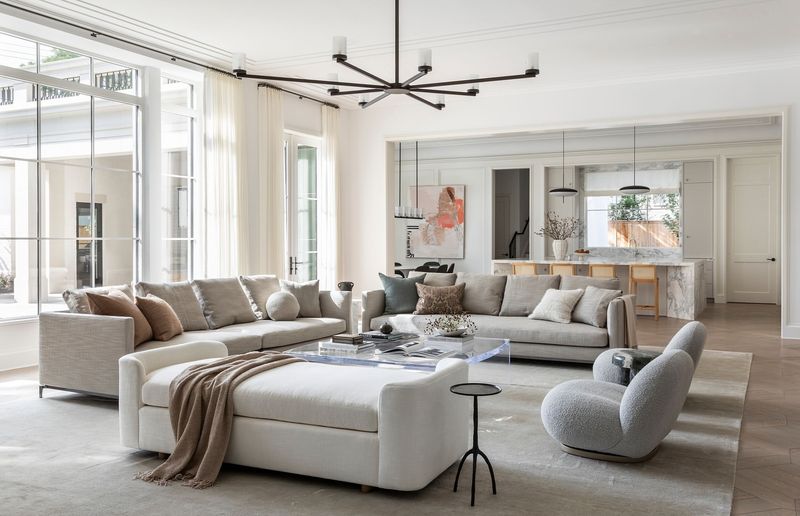
Dark corners instantly shrink a room! I’ve found that layered lighting makes even the tiniest spaces feel expansive and welcoming. Overhead fixtures, task lighting, and accent lights work together to eliminate shadows that make rooms feel cramped.
Sheer window treatments allow maximum natural light while maintaining privacy. For evening ambiance, I use wall sconces instead of table lamps to free up surface space. Dimmers let me adjust brightness throughout the day, creating different moods without changing the perceived size of the room.
6. Vertical Thinking Expands Space
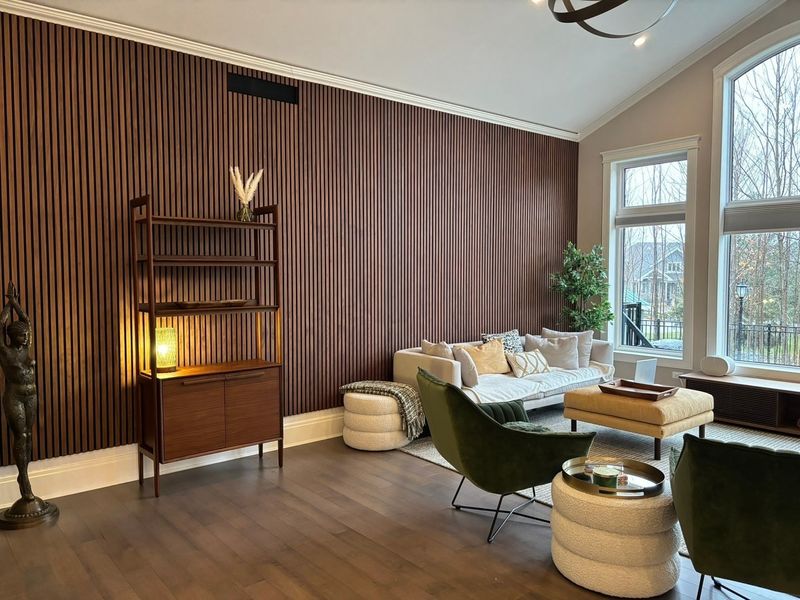
Looking upward completely changed how I approach small room design. By drawing the eye up with tall bookshelves, floor-to-ceiling curtains, or vertical stripes, I create the perception of higher ceilings and more space.
Wall-mounted shelving frees up floor space while providing storage and display areas. I hang curtain rods close to the ceiling, not just above windows, making walls appear taller. Even artwork placement matters – hanging pieces slightly higher than eye level subtly lifts the room and creates an airier feel.
7. Streamlined Consistency Creates Flow
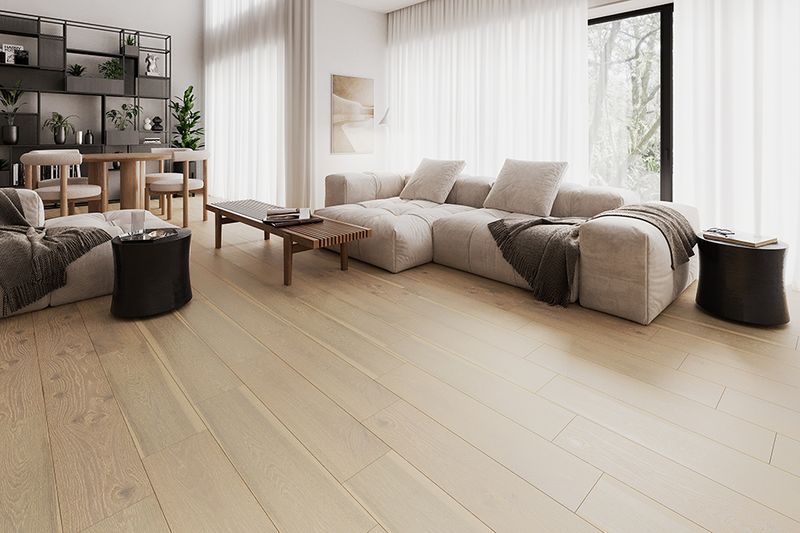
Too many competing patterns and colors can chop up a small space visually. I’ve embraced a more cohesive approach, using similar tones throughout my compact apartment to create flow between areas.
Monochromatic doesn’t mean boring! I play with texture instead of contrasting colors – think linen, velvet, and wood in harmonious shades. For flooring, I use the same material throughout connected spaces rather than different treatments that create visual breaks. This continuous flow tricks the eye into seeing more square footage.

